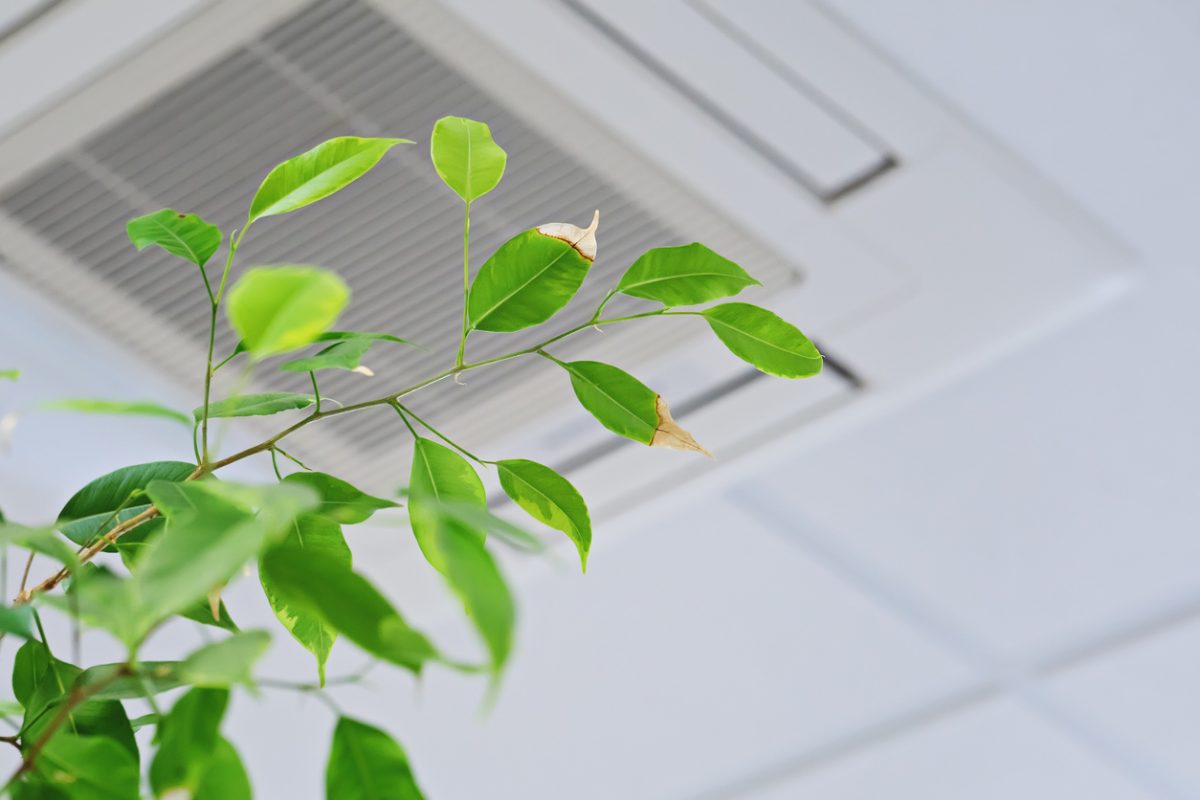Staying indoors during cold or hot weather is great for your comfort, but it also means you are breathing air that, according to the U.S. Environmental Protection Agency, contains two to five times the concentration of some pollutants that you would likely encounter outdoors.
Common sources of indoor air pollutants, the EPA says, include building materials and furnishings such as newly installed flooring, upholstery or carpet, cabinetry made from certain wood products, household cleaners, excess moisture, and biological pollutants like pollen, mold, viruses and pet dander.
It is possible that indoor pollutants may not cause you any issues, but many can lead to allergies and breathing problems, particularly for people who already suffer from asthma. For others, the effects of indoor pollutants might include sore throat, headaches and fatigue. According to the EPA, consistent exposure to pollutants over years can lead to more serious conditions, like respiratory and heart disease.
Even if you are not suffering from any symptoms, wouldn’t you rather know that the indoor air you are breathing is cleaner?
One of the keys to cleaner indoor air is to use appliances that both remove and trap pollutants. Here are three appliances that are up to the task:
Room air cleaners: Allergists often recommend air cleaners as part of the treatment for allergies. Air cleaners filter common pollutants from the air, and models with HEPA filters are designed to remove 99.97% of airborne pollutants .3 microns and larger from air that passes through the filter. Air cleaners that participate in the AHAM Verifide® Program are tested for their Clean Air Delivery Rate (CADR), which tests and certifies the air cleaner’s ability to remove tobacco smoke, dust and pollen. CADR is evolving, and new test methods have been developed to allow consumers to compare air cleaners’ removal of viruses, bacteria, mold and chemicals.
Powerful Portable or Central Vacuums: Vacuuming regularly is known to reduce household dust and allergens. For the greatest benefit, you can choose to use a powerful vacuum with a HEPA filter or an installed central vacuum consisting of a collection unit, often found in a garage or basement, and a series of inlets placed strategically throughout the house that work with a detachable or retractable hose.
Ventilation hoods: Cooking can release odors and certain pollutants in the air, including particulate matter. A ventilation hood can help remove many of those pollutants and vent them outside soon after they are released. The EPA also recommends opening windows and taking other steps to introduce fresh air into the home while cooking as a way to improve indoor air quality.


